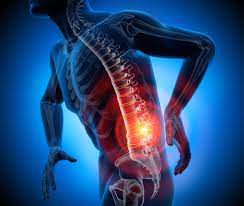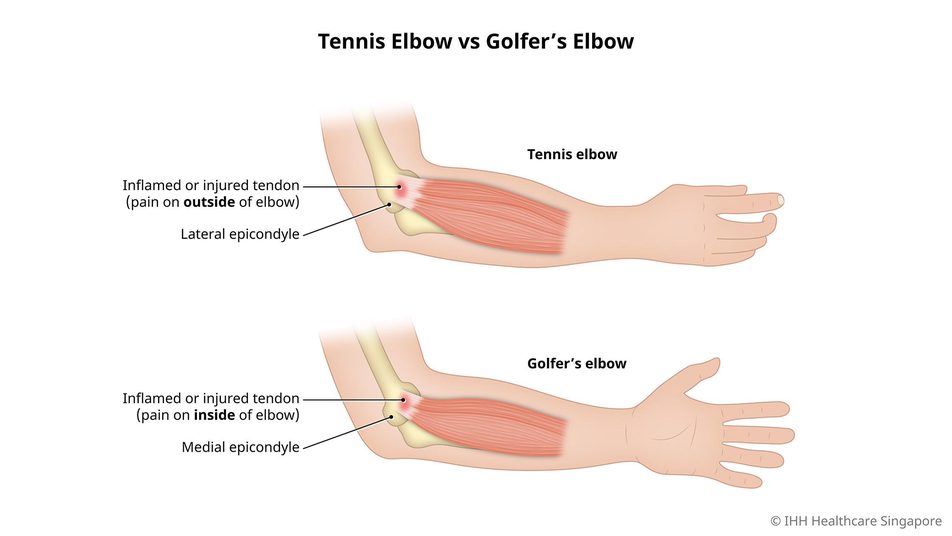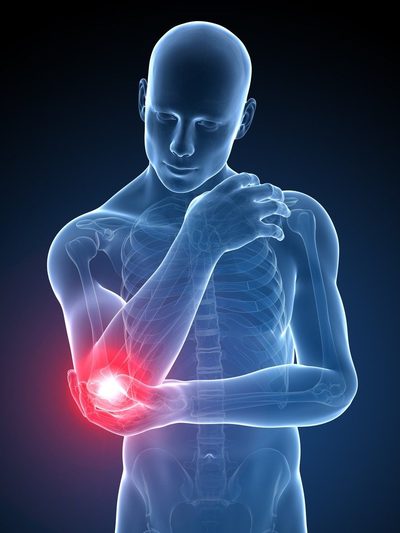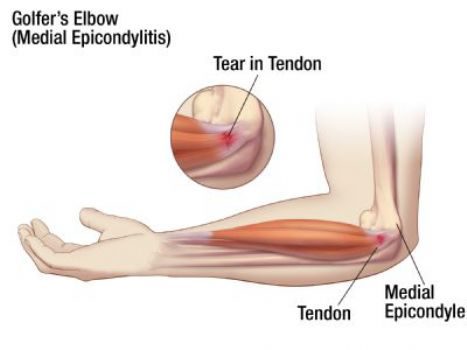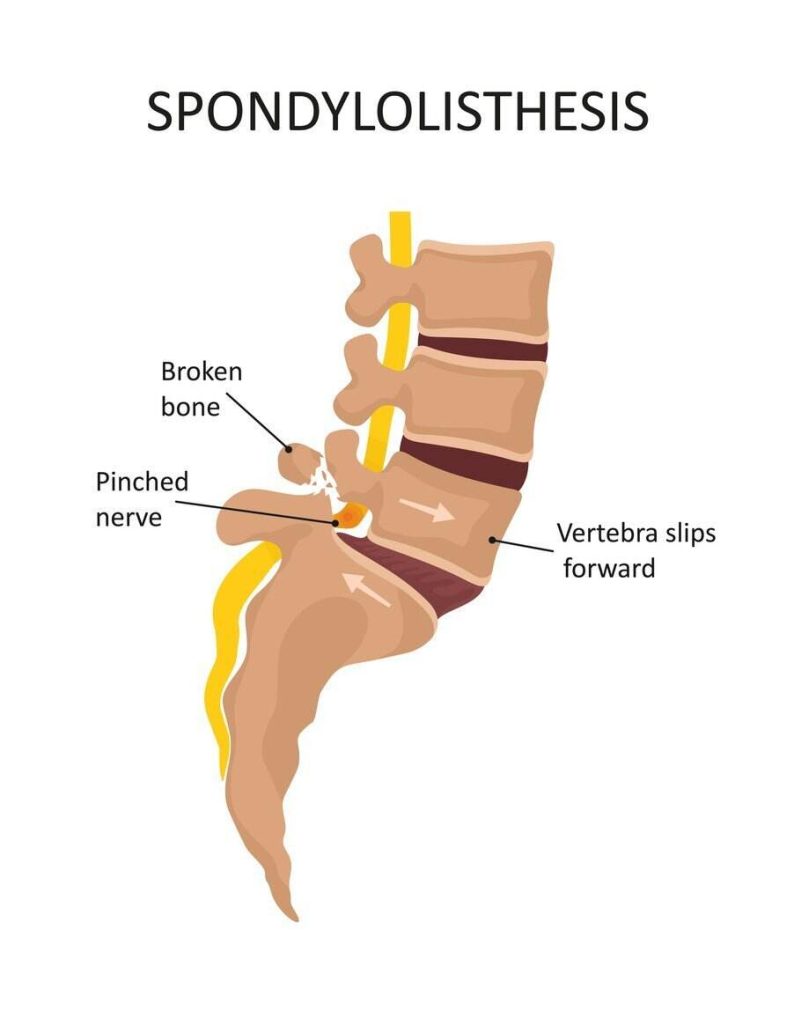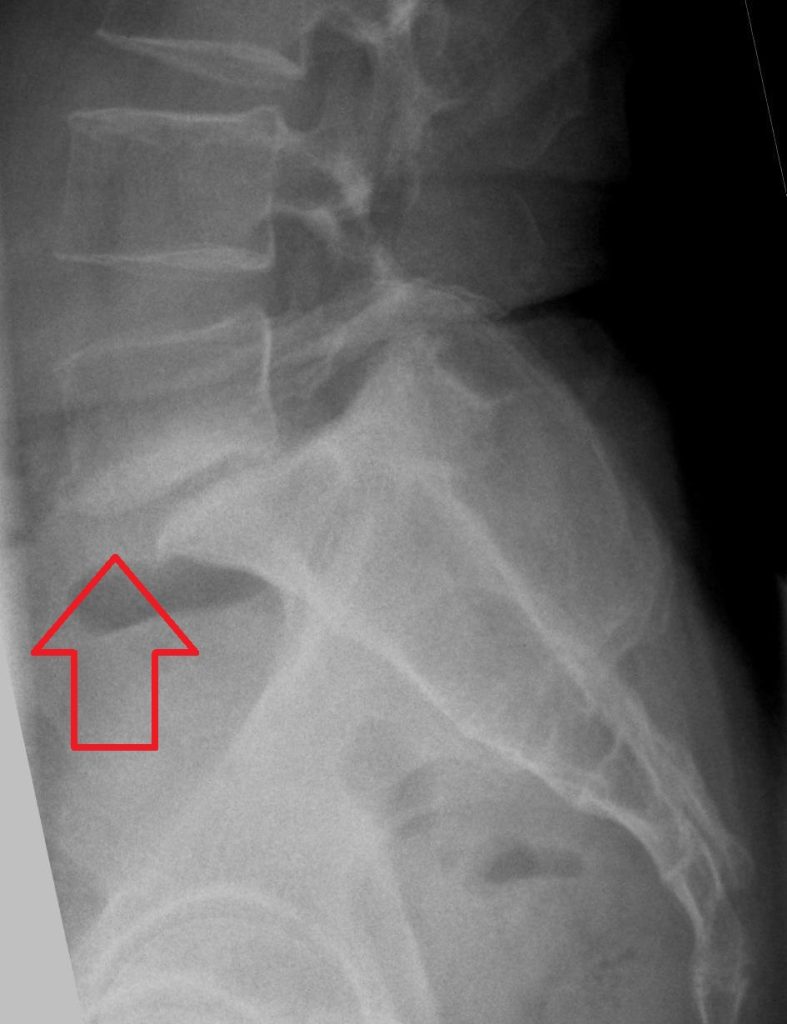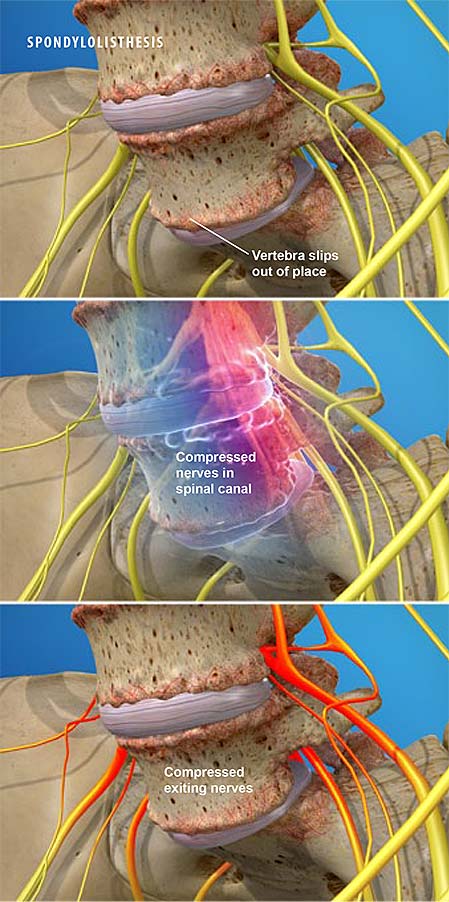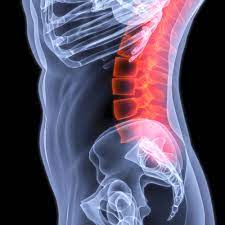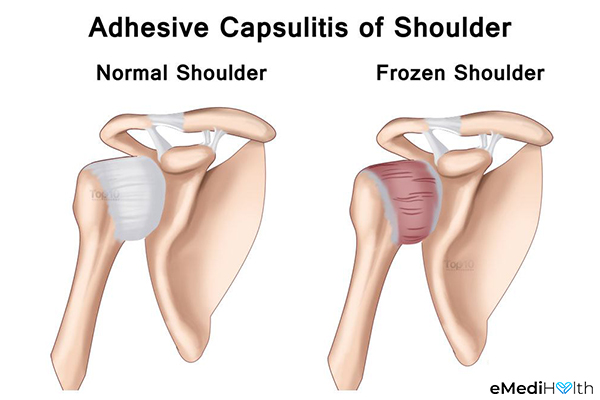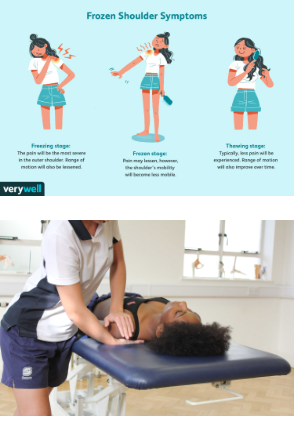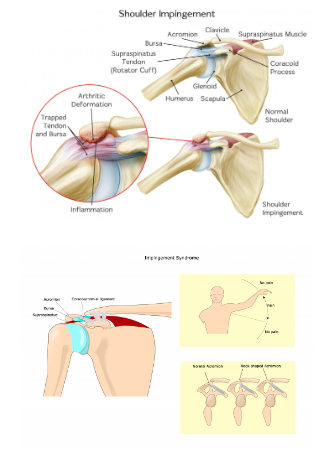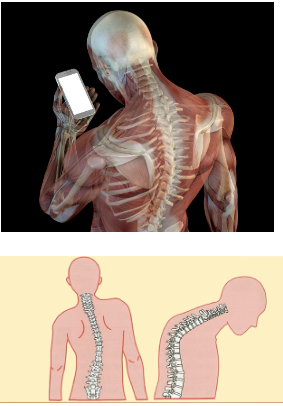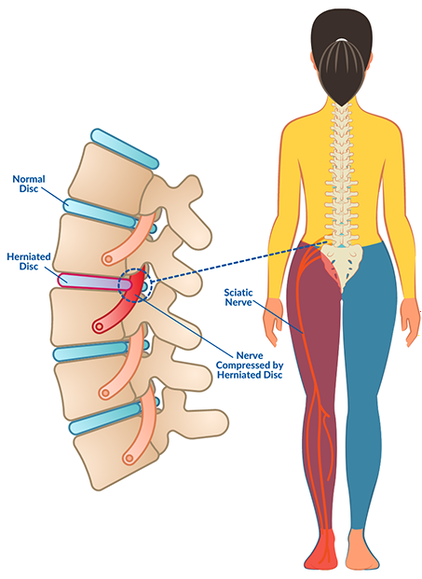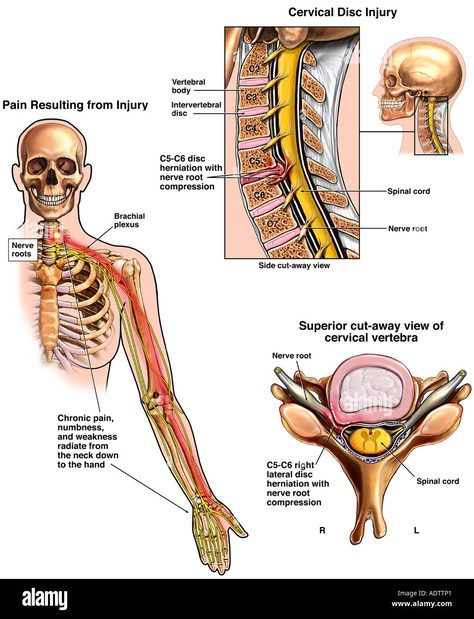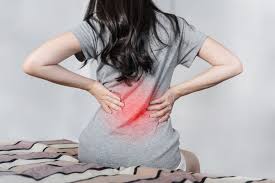Humidity and Pain

Humidity can have a significant impact on our bodies and overall health. High humidity levels can cause our bodies to retain more heat, which can lead to dehydration and other health issues. It can also contribute to body pain, particularly for those who suffer from conditions such as arthritis or fibromyalgia.
High humidity levels can also contribute to inflammation in the body, as moisture in the air can make it harder for sweat to evaporate and cool the body, leading to an increase in inflammation and related symptoms.

When it comes to managing humidity-related body pain and inflammation, there are a few things that can be done. One of the most important is to stay hydrated. Drinking plenty of water and other fluids can help to keep the body cool and prevent dehydration, which can exacerbate pain and other symptoms.
Another important factor to consider is diet. Certain foods can help to alleviate pain and inflammation in the body, while others can make it worse. For example, foods high in sugar and saturated fat can contribute to inflammation, while foods rich in antioxidants and omega-3 fatty acids can help to reduce it.
Some foods that can help to reduce inflammation and alleviate pain include fruits and vegetables, omega-3 fatty acids, ginger, and turmeric. These are high in antioxidants, which can help to neutralize free radicals and reduce inflammation.


In addition to making dietary changes, there are other things that can be done to manage humidity-related body pain and inflammation. Stretching and gentle exercise can help to loosen up stiff muscles and joints, while staying cool and avoiding prolonged exposure to humidity can also be beneficial.


